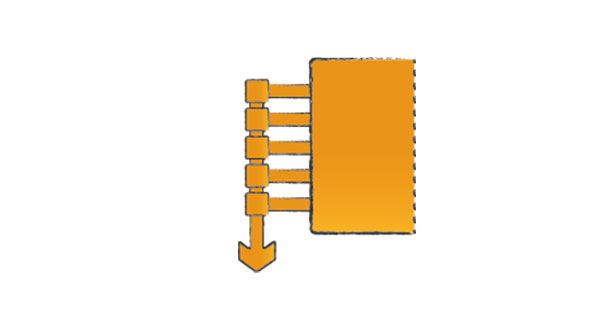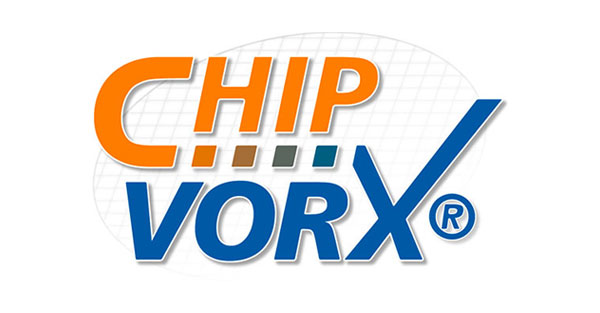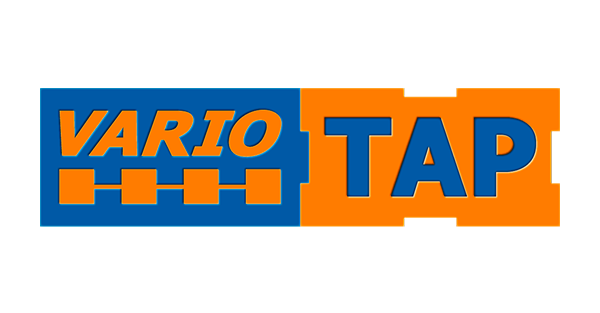Boundary Scan at Standard Level
Digital, static and functional testing of pins, nets and devices
The Standard level uses Boundary Scan cells according to IEEE 1149.1 for testing.
The test speed is far below the actual board function.
The classic connection test is one of the main tasks of this level. But also the addressing of components, e.g. for reading out a chip ID or a sensor value, can be realised at this access level.
In programming, only low data rates are usually achieved (ranging from bytes/s to kBytes/s).
Embedded Board Test at Standard Level
Structural and Parametric Test with Boundary Scan
Applications
- verification of JTAG Infrastructure
- detection of shorts between Boundar Scan Nets
- detection of shorts between IEEE 1149.6 Nets
- detection of open pins
- detection of missing inline resistors
- detection of missing or wrong pull resistors
- testing beyond multipanel PCBs
- use of additional virtual boundary scan I/Os (GPIOs, Flying Probes ...)

Embedded Functional Test at Standard Level
Functional Test with Boundary Scan
Applications:
- static RAM connection test
- static access to non-Boundary-Scan elements
- level shifter, Driver ICs, analog switches
- logic components
- memory, RTC, sensors, PHY…
- LED
- switches
- summer
- optocoupler
- Embedded BIST, IEEE P1687 support
- parametric tests with µprocessor GPIOs, ADCs and DACs

Applications from GÖPEL electronic
The Standard level is applied with the following combinable technologies
The basis of all testing and programming is the hardware architecture SCANFLEX II to control the UUT .
» Learn more about SCANFLEX II
The cost-efficient controller SCANBOOSTER II is especially recommended for entry-level users. It is best suited for standard applications with lower performance requirements.
» Learn more about the SCANBOOSTER II
 Contact
Contact










